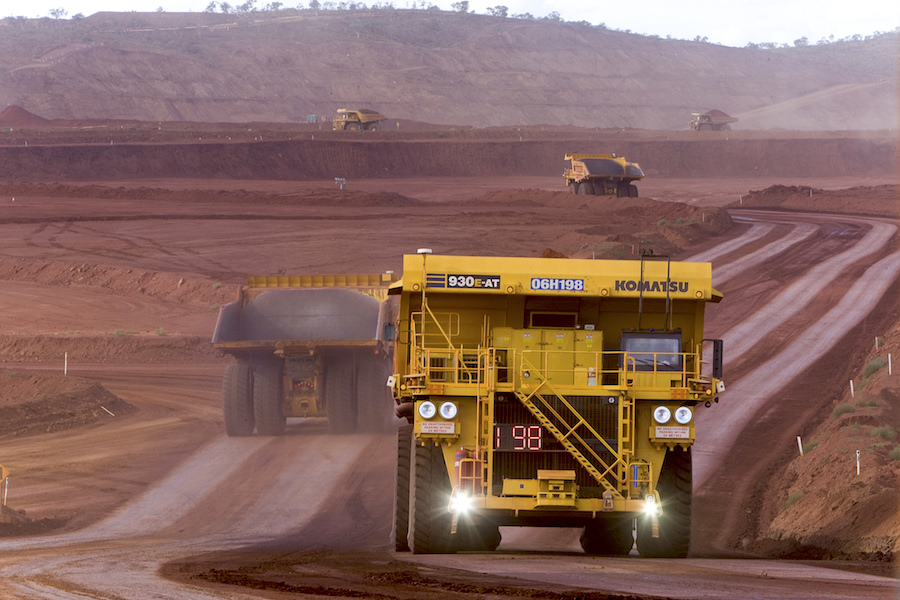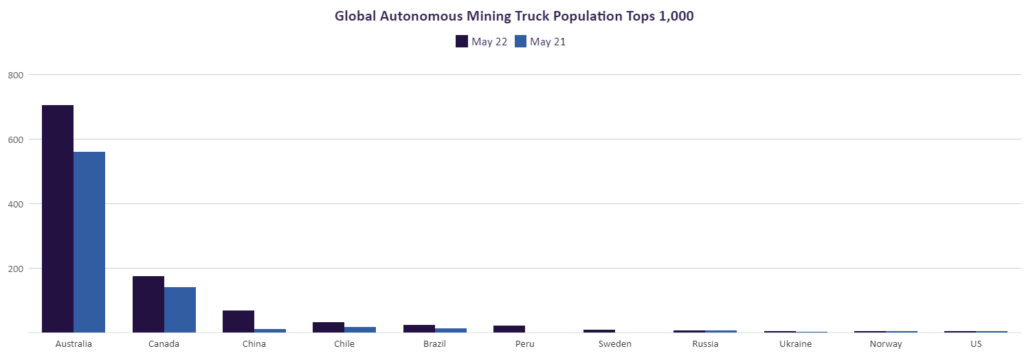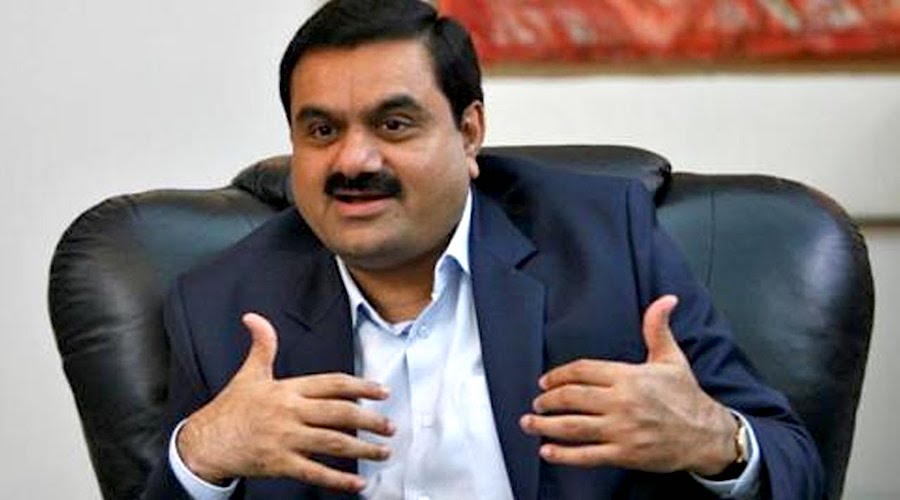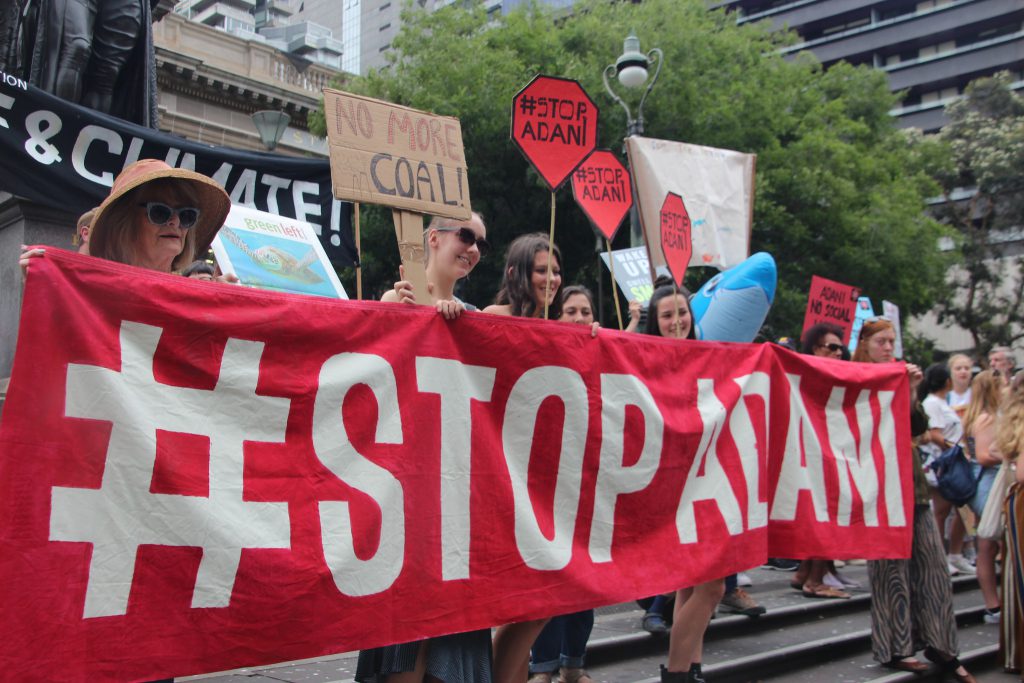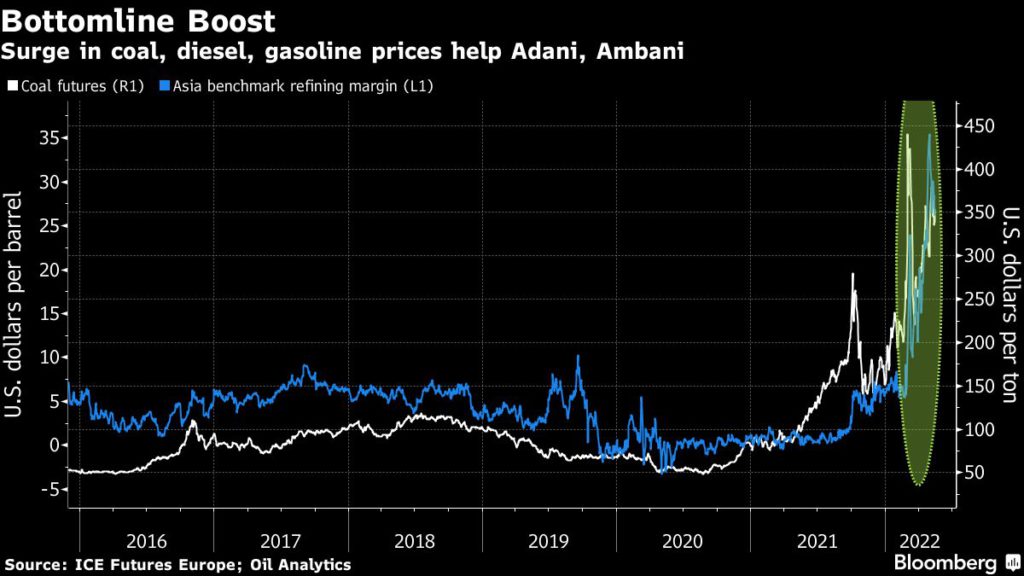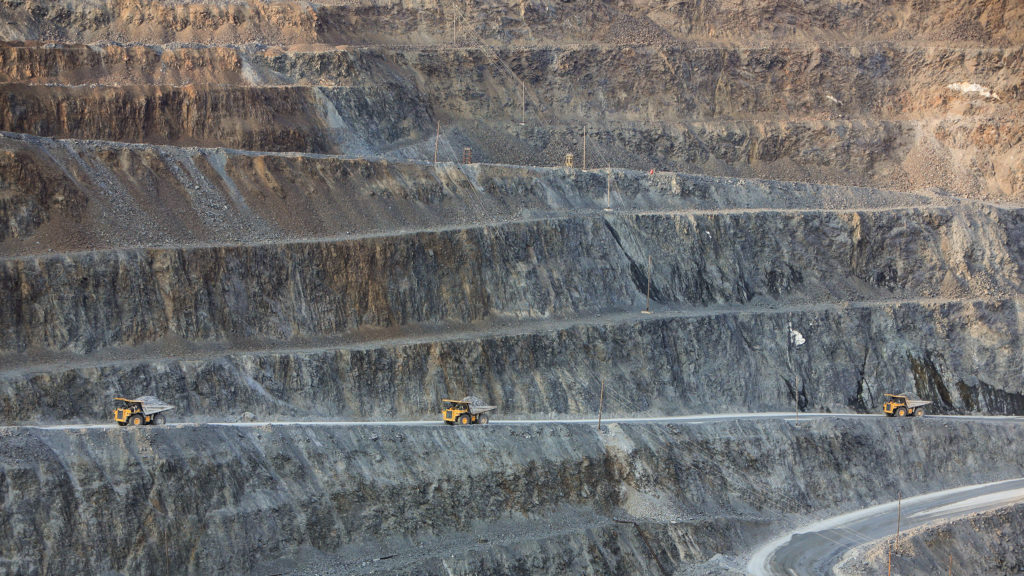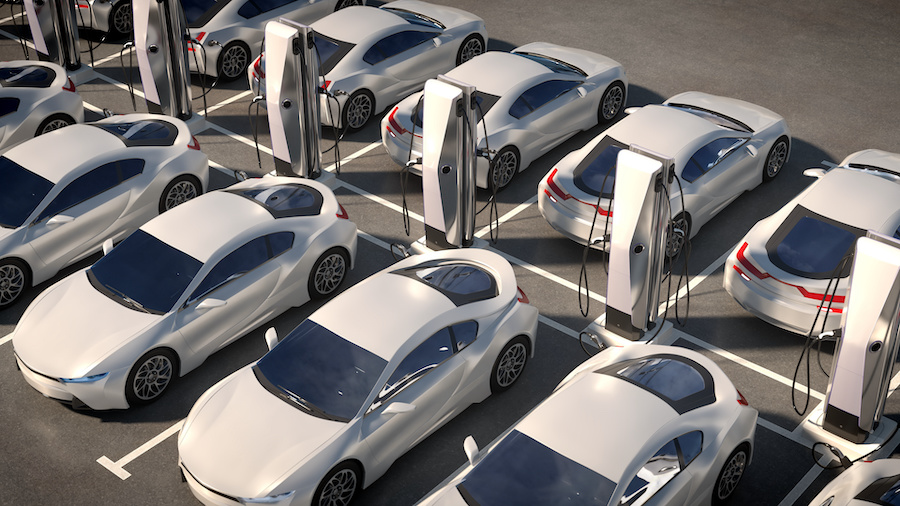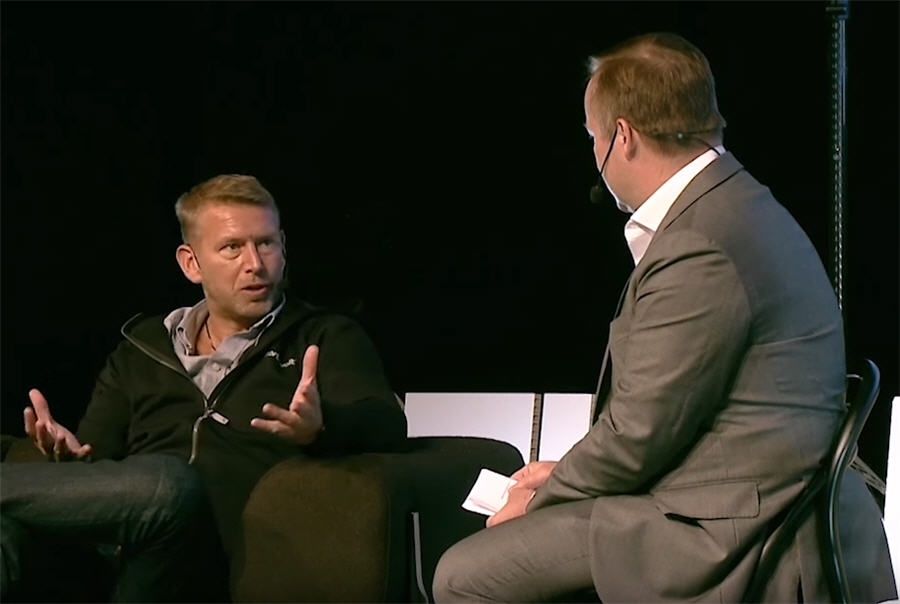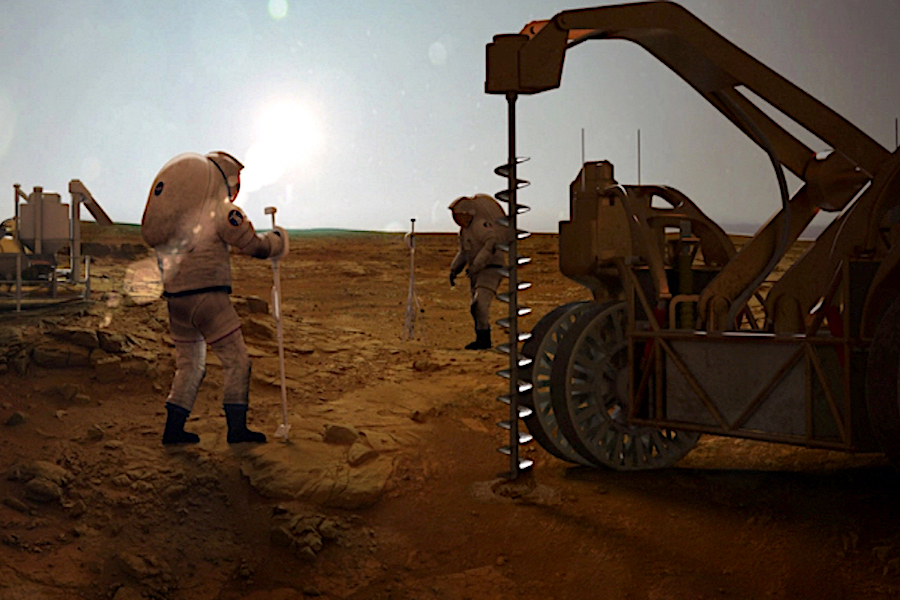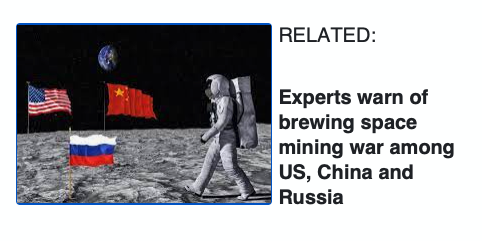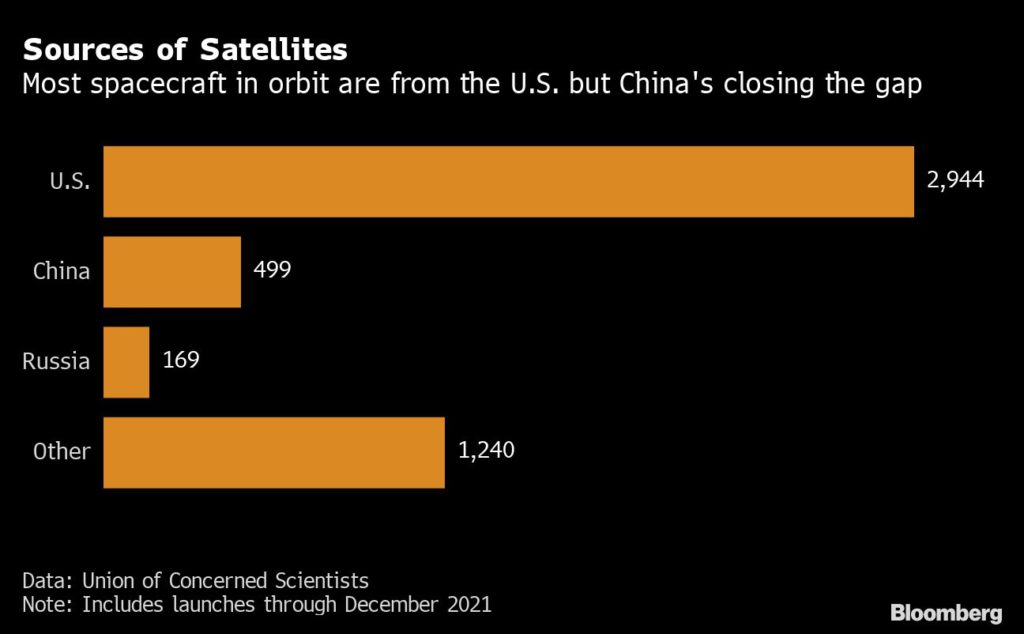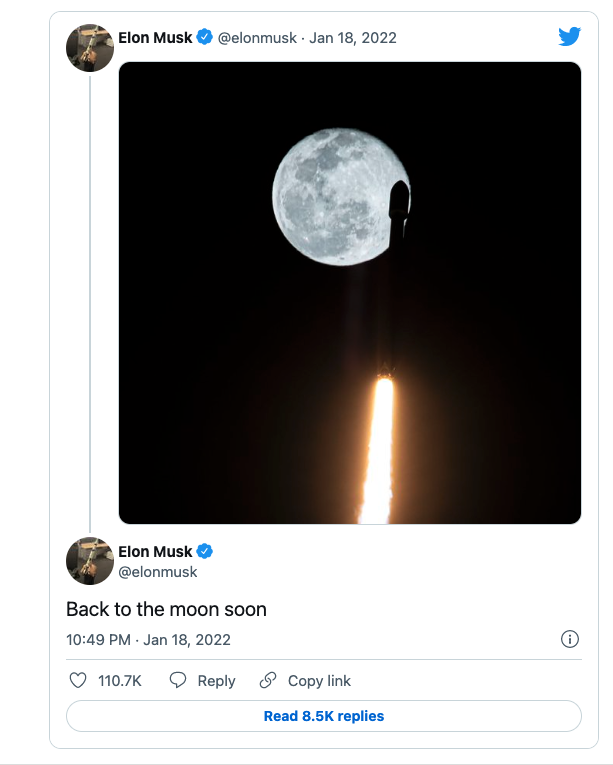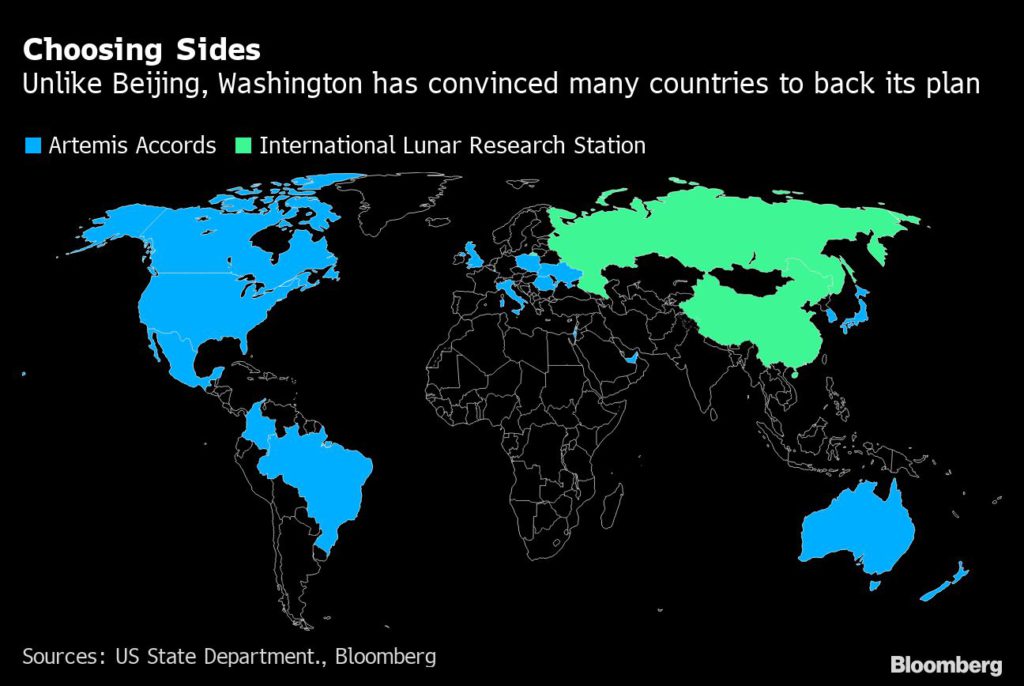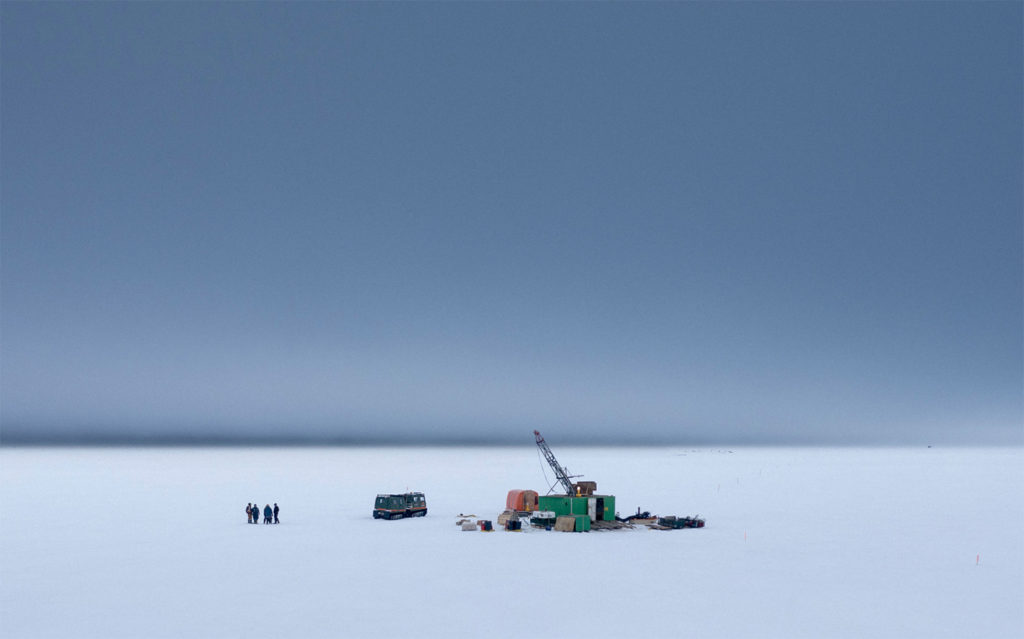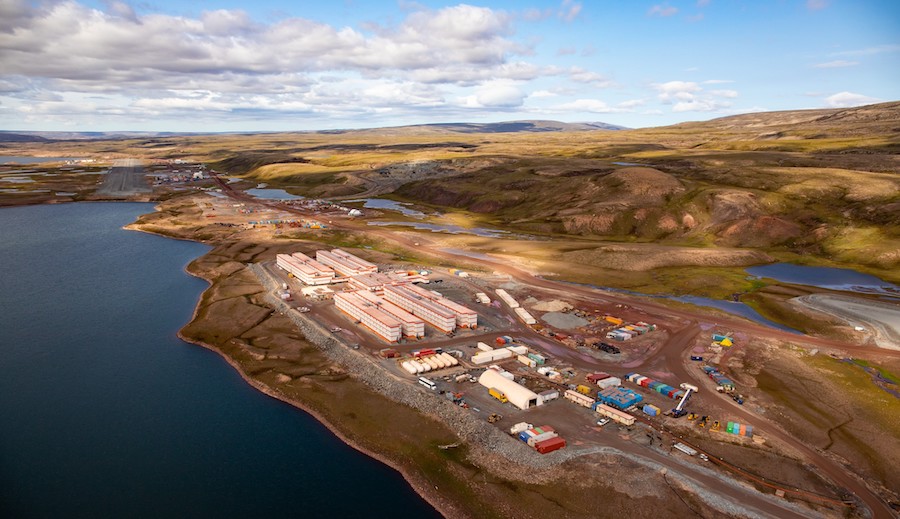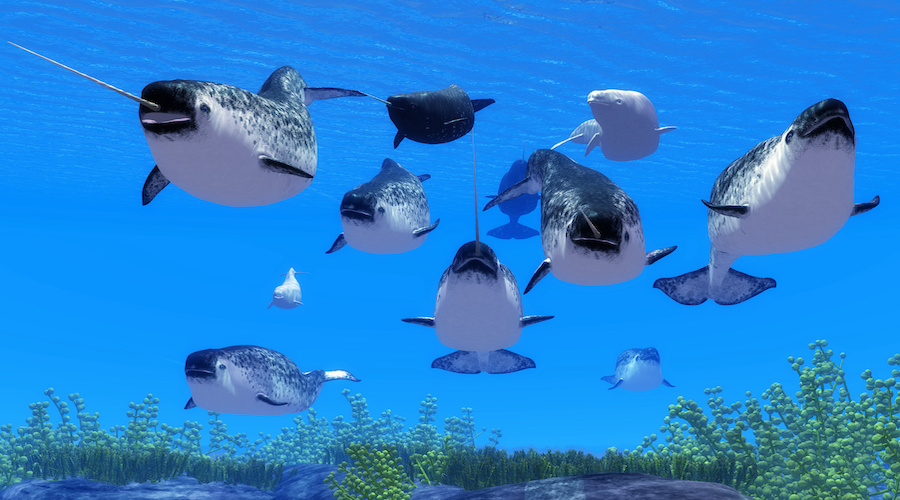Henry Lazenby | May 18, 2022
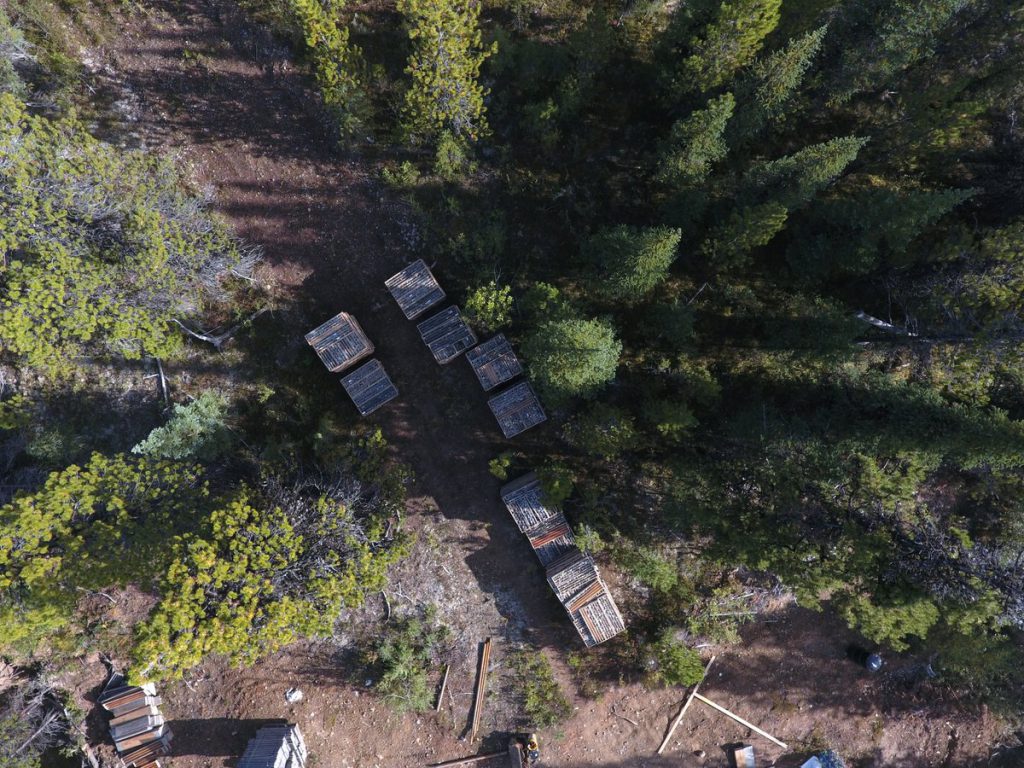
Image from Banyan Gold.
Banyan Gold (TSXV: BYN) has delivered a mineral resource update on its flagship AurMac property nestled in an emerging mining district in the Yukon Territories between Alexco Resource Corp’s (TSX: AXU) Keno Hill mine and Victoria Gold’s (TSX: VGCX) Eagle gold mine.

CEO Tara Christie tells MINING.com at the Vancouver Resource Investment Conference (VRIC) sidelines that the project is living up to expectations thus far.
“The updated resource estimate comprises a total inferred mineral resource of 3.99 million oz. gold grading 0.6 grams per tonne, held in 207 million tonnes”.
The pit-constrained resource draws from three near/on-surface deposits, including the Airstrip, Powerline and Aurex Hill deposits.
“This is just a stepping stone,” said Christie. “We’ve since drilled 17,000 meters here in 2022, targeting higher grade on-surface ounces.”
The strategy is to continue expanding the resource base while looking for higher-grade starter pit areas. “We think we can get this up to tier-one status, which for the majors is plus five million oz. by the fall,” she said.
Located in the Mayo Mining District, about 56 km northeast of the town of Mayo, the project has good access to infrastructure, including a powerline with ample capacity.
“This resource estimate demonstrates the value generated by Banyan with 40,000 m of drilling adding over three million oz. of inferred mineral resources. All three deposits are open, with mineralization extending beyond the current block model boundaries,” said Christie.
“Examining the Airstrip and Powerline mineral resource model highlights their robust nature; when the cut-off grades are increased by 50%, to 0.3 g/t, just 10% of the ounces are reduced; while the grade increases by 20% to an average of 0.72 g/t. We are confident the 30,000 metres that the company plans to drill in 2022 will meaningfully continue to build upon this resource estimate,” she said.
Banyan has another 35,000m of drilling planned this year, and Christie said work is ongoing for a preliminary economic assessment (PEA) for release in 2023.
“We will optimize our drill program around the economics as we go through the season so that next year when we do an updated resource, we can achieve that five million oz. critical mass for the PEA. It will help us become a premier, district-scale project,” said Christie.”
According to Christie, the company has about C$5.2 million cash in the bank, with all bills paid up to date.
Banyan is also focused on the Hyland gold project, 70 km Northeast of Watson Lake, Yukon, along the southeast end of the Tintina Gold Belt.
The company has been tipped as a hot stock to buy during the VRIC. At C45.6c per share, its Toronto-quoted equity is currently trading up more than 60% over the past 12-month timeframe, giving it a market capitalization of C$105.37 million ($82m).

Image from Banyan Gold.
Banyan Gold (TSXV: BYN) has delivered a mineral resource update on its flagship AurMac property nestled in an emerging mining district in the Yukon Territories between Alexco Resource Corp’s (TSX: AXU) Keno Hill mine and Victoria Gold’s (TSX: VGCX) Eagle gold mine.

CEO Tara Christie tells MINING.com at the Vancouver Resource Investment Conference (VRIC) sidelines that the project is living up to expectations thus far.
“The updated resource estimate comprises a total inferred mineral resource of 3.99 million oz. gold grading 0.6 grams per tonne, held in 207 million tonnes”.
The pit-constrained resource draws from three near/on-surface deposits, including the Airstrip, Powerline and Aurex Hill deposits.
“This is just a stepping stone,” said Christie. “We’ve since drilled 17,000 meters here in 2022, targeting higher grade on-surface ounces.”
The strategy is to continue expanding the resource base while looking for higher-grade starter pit areas. “We think we can get this up to tier-one status, which for the majors is plus five million oz. by the fall,” she said.
Located in the Mayo Mining District, about 56 km northeast of the town of Mayo, the project has good access to infrastructure, including a powerline with ample capacity.
“This resource estimate demonstrates the value generated by Banyan with 40,000 m of drilling adding over three million oz. of inferred mineral resources. All three deposits are open, with mineralization extending beyond the current block model boundaries,” said Christie.
“Examining the Airstrip and Powerline mineral resource model highlights their robust nature; when the cut-off grades are increased by 50%, to 0.3 g/t, just 10% of the ounces are reduced; while the grade increases by 20% to an average of 0.72 g/t. We are confident the 30,000 metres that the company plans to drill in 2022 will meaningfully continue to build upon this resource estimate,” she said.
Banyan has another 35,000m of drilling planned this year, and Christie said work is ongoing for a preliminary economic assessment (PEA) for release in 2023.
“We will optimize our drill program around the economics as we go through the season so that next year when we do an updated resource, we can achieve that five million oz. critical mass for the PEA. It will help us become a premier, district-scale project,” said Christie.”
According to Christie, the company has about C$5.2 million cash in the bank, with all bills paid up to date.
Banyan is also focused on the Hyland gold project, 70 km Northeast of Watson Lake, Yukon, along the southeast end of the Tintina Gold Belt.
The company has been tipped as a hot stock to buy during the VRIC. At C45.6c per share, its Toronto-quoted equity is currently trading up more than 60% over the past 12-month timeframe, giving it a market capitalization of C$105.37 million ($82m).
